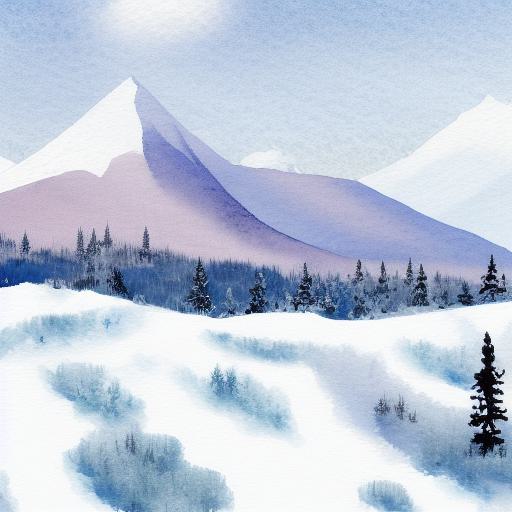Watercolor painting art
Watercolor painting is a type of art that utilizes water-soluble pigments to create colorful and vivid images on paper or other porous surfaces. This medium is known for its delicate and fluid characteristics, which allow for a range of effects, from light washes to intense hues.
Watercolor painting has been used for centuries, and it remains a popular medium among artists today. It is particularly well-suited for landscapes, still life, and portraits, as well as for creating abstract or experimental works.
Unique features of watercolor painting
One of the unique features of watercolor painting is that it allows for transparency and layering. Artists can build up layers of color to create depth and texture in their works, or they can use thin washes of color to create a more ethereal and atmospheric effect.
To create a watercolor painting, an artist typically begins by sketching the composition onto paper with a pencil or pen. They then apply water and color to the paper, either through the use of a brush or by pouring or spraying the paint onto the surface.
Watercolor painting requires a certain level of skill and technique to master, as the medium can be unpredictable and challenging to control. However, it is a rewarding medium for artists who enjoy experimenting with color, texture, and composition, and it can produce stunning and unique works of art.
What is AI-generated art?
AI-generated art is a form of artwork produced by utilizing algorithms of artificial intelligence that enable rapid and efficient image creation. This method presents several advantages over traditional art techniques, such as the flexibility to experiment with diverse styles and techniques, as well as the capability to create designs that cater to specific requirements. Moreover, AI-generated art fosters diversity and inclusivity in the art industry by providing a platform for artists from various backgrounds to express their individual experiences and perspectives.
By using online tools like Visual Paradigm Online, designers can seamlessly integrate AI-generated art into their projects. Additionally, artists can generate their own AI-generated art and explore the limitless creative possibilities that this technology provides through websites such as Stable Diffusion, Midjourney, and Dalle 2.
How to create this prompt?
An AI image prompt is a set of instructions used to generate an image through an AI algorithm. In this case, the prompt is a watercolor painting of a snowy mountain scene. The prompt includes several specific elements that will influence the image generated by the AI.
The first element is the medium, watercolor painting. This medium has specific characteristics, such as transparency and layering, that will impact how the snowy mountain scene is depicted. Watercolor painting is also known for its delicate and fluid qualities, which can lend a sense of movement and energy to the painting.
The second element is the subject matter, a snowy mountain scene. This prompts the AI algorithm to create an image that features a mountain landscape covered in snow. The image may include other elements such as trees, rocks, and perhaps a body of water. The snowy mountain scene is an evocative subject that can inspire a range of emotions and moods, from peaceful and serene to harsh and dramatic.
The third element is the artist, Burchfield, who is known for creating folk art. This influences the style of the painting, which may have a more stylized or simplified look compared to a more realistic depiction of the scene. The use of folk art style can also convey a sense of tradition and cultural heritage.
Overall, the individual parts of the prompt work together to create a specific image that evokes a particular mood and emotion. By understanding how each element influences the image generated by an AI algorithm, artists and designers can create more effective prompts that produce the desired results.


